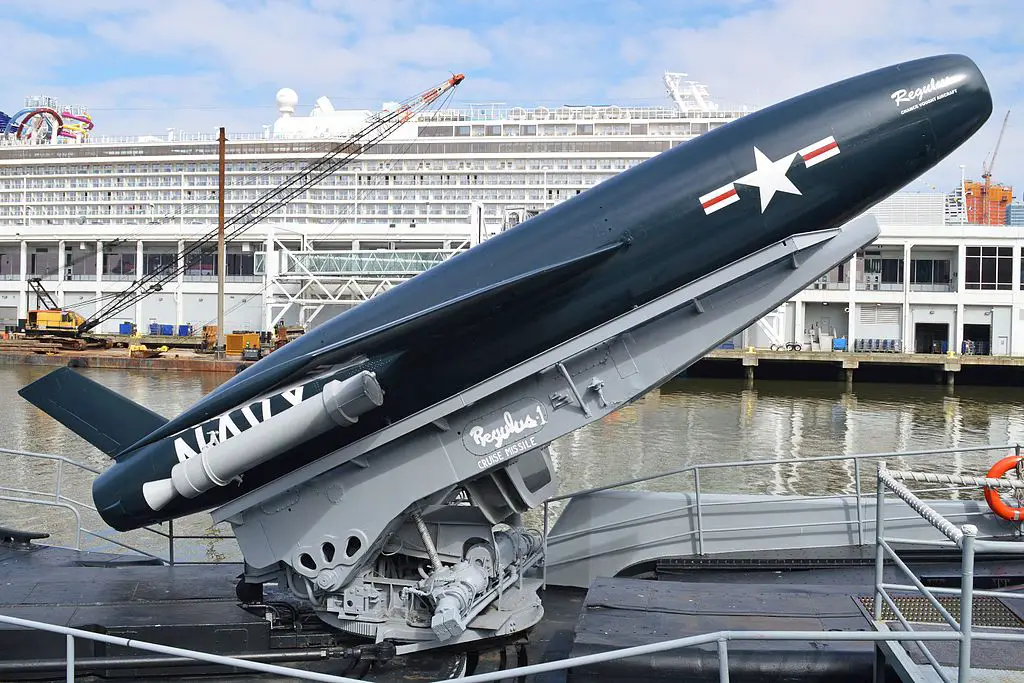The United States Postal Service has been thought of as sometimes slow when it delivers the mail, but there was one time and one idea, which challenged that notion. In 1959, the Post Office Department (which is now known as the USPS) successfully delivered mail in a cruise missile and sent 3,000 pieces of mail over 100 miles in 22 minutes.
Postmaster General Arthur E. Summerfield made a prediction that mail delivery via a missile would be able to send mail across the US and to other corners of the globe in record time. And on June 8, 1959, his prediction was put to the test when a Regulus I missile was fired from the USS Barbero, a US Navy submarine off the coast of Florida.
The missile held two containers of mail that were addressed to President Eisenhower, Vice President Nixon, members of Congress, and many other government officials and personnel. Each was an identical letter from the Postmaster General that announced the event had taken place since it had not been announced beforehand. The missile landed successfully on its own landing gear at the Naval Auxiliary Air Station at Mayport, Florida, over 100 miles away, 22 minutes later.
While the event showed that delivering the mail was possible through the use of a missile, it was more a show to the Cold War adversaries of the United States. The event demonstrated the capability and accuracy of the US military’s newest state-of-the-art guidance system, and the space that held the letters was actually designed to carry a nuclear warhead.
Postmaster General Summerfield was enthusiastic over the potential of the mail being delivered by a missile, but it would not come to pass. The rocket firing was the only time the mail would be carried that way. The method was cost-prohibitive as compared to using regular airmail service, and airmail aircraft were already capable of delivering the mail in a short amount of time across great distances.
Sources: Smithsonian Magazine, Popular Mechanics, National Postal Museum


